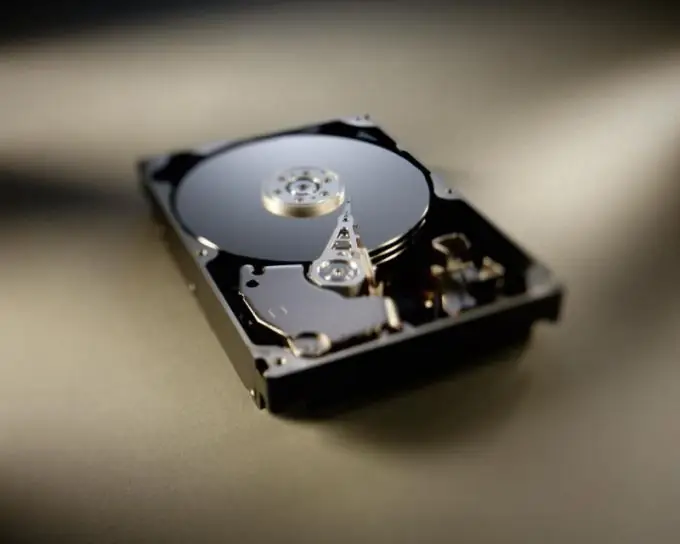Adding a new hard drive is the most convenient way to increase disk space and update your Windows computer. The limitation is that the added disk must not act as the primary one. There is also the possibility of adding a logical volume using the standard means of the system itself.

Instructions
Step 1
Adding a new hard drive may be necessary if there is a large amount of information stored on the computer. The secondary disk allows you to transfer video, audio, photo collections and presentations from the primary disk, thus freeing up disk space. Connecting a new external drive does not require any special knowledge - just plug the drive into your computer and plug it into the network. Typically a standard USB port is used for this.
Step 2
Call the main menu by clicking the "Start" button, and go to the "My Computer" item in order to start using the added hard drive. Find a new drive. If the added device is not displayed, you may need to return to the main "Start" menu and go to the "Control Panel" item. Expand the System and Security link and expand the Administration node. Open the "Computer Management" section by double-clicking and select "Disk Management" in the left part of the "Storage" group. Find a new drive.
Step 3
To add a new logical volume, return to the main Start menu again and enter diskmgmt.msc in the text box of the search bar. Confirm the launch of the utility by pressing the function key Enter.
Step 4
Call the context menu of a free partition of the required disk by right-clicking and selecting the Create Simple Volume command. Skip the first window of the Volume Creation Wizard by clicking the "Next" button, and successively specify in the following dialog boxes: - the size of the added logical volume; - the desired drive letter; - the selected file system.
Step 5
Determine whether you need to format the added logical volume and confirm the selected action by clicking the Finish button in the last window of the wizard. The process will be launched, no additional manual steps are required.






